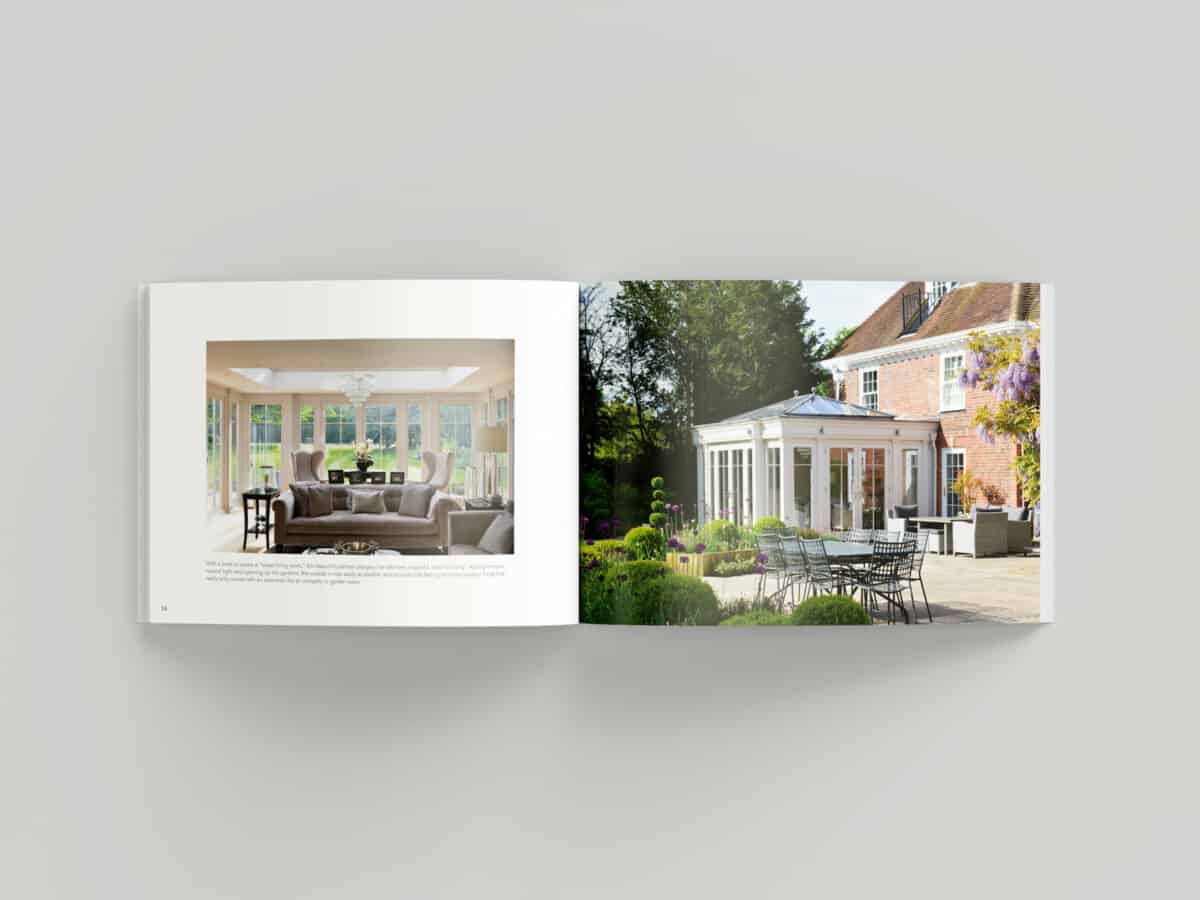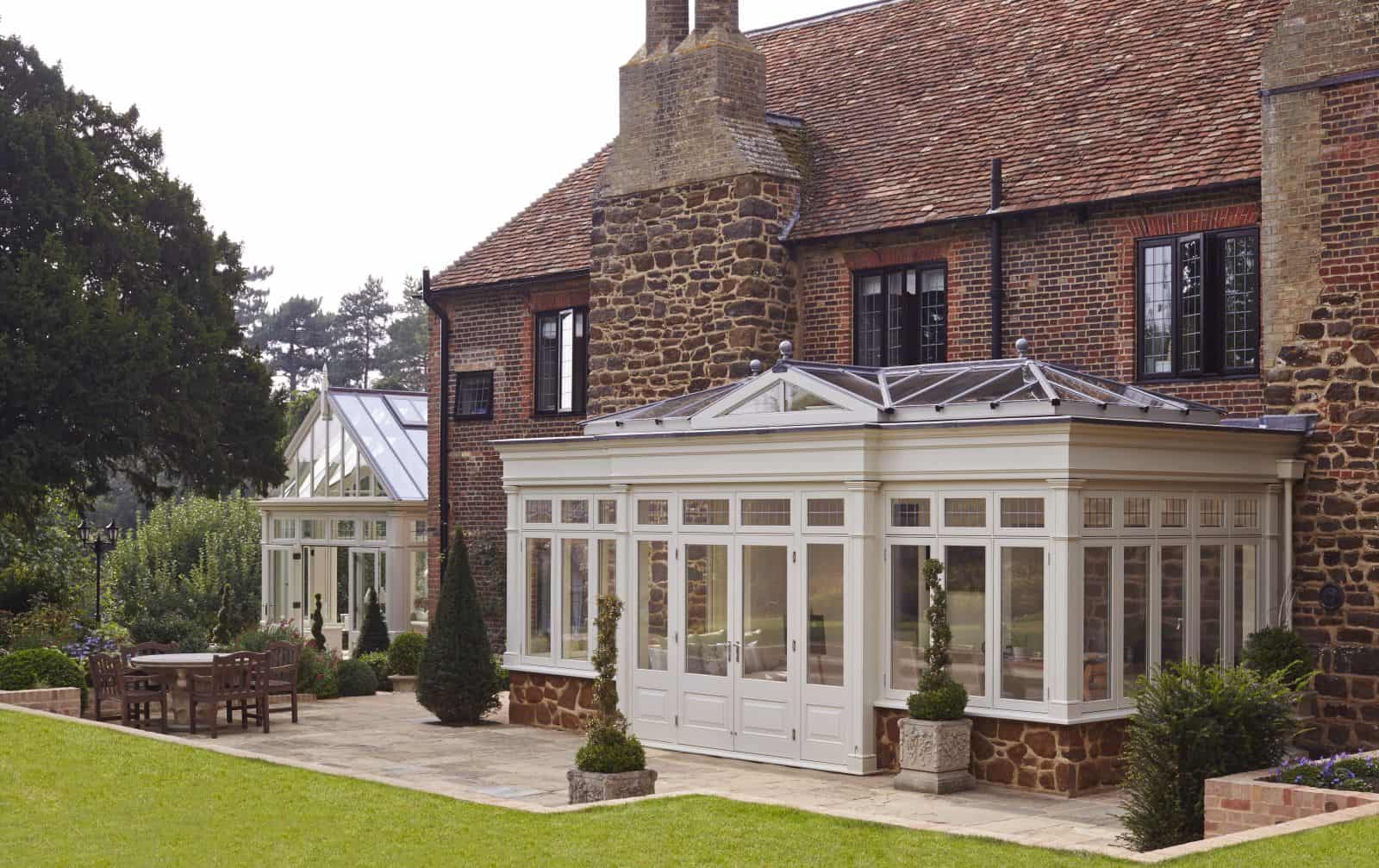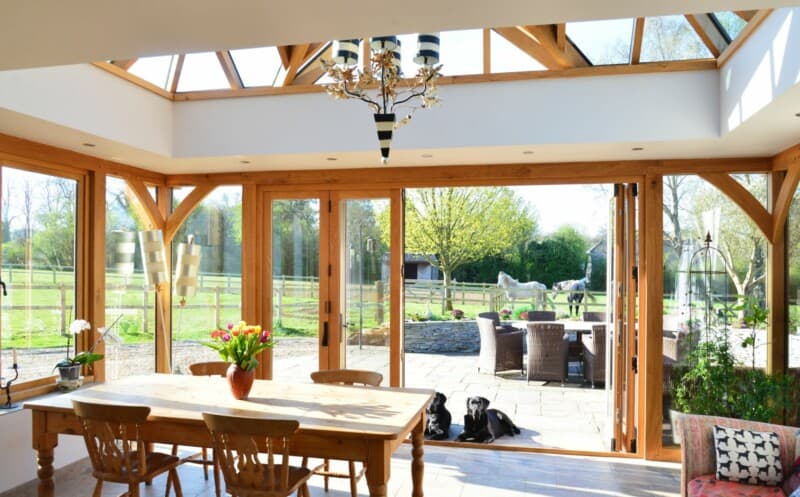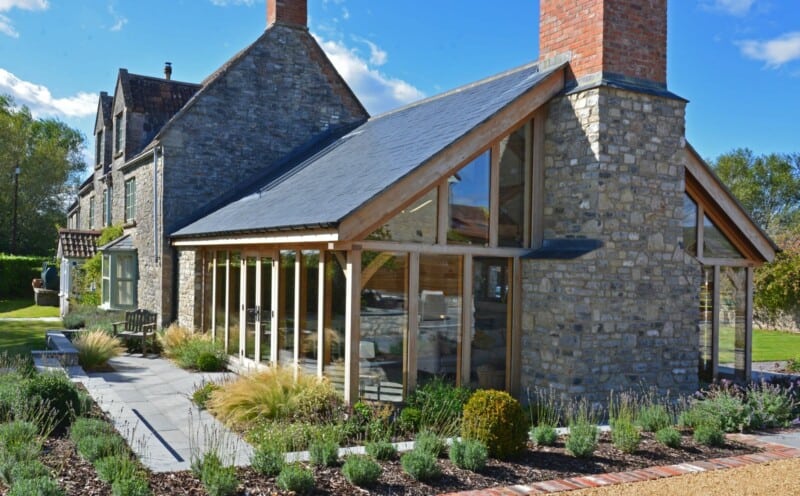The process of seeking planning permission for listed properties, whether that be for simply upgrading a single window through to adding an entirely new extension, is becoming increasingly lengthy and complicated. Advice is inconsistent, guidelines are open to interpretation, and timeframes are extended and used inappropriately.
Having spent decades working on successful planning applications for both residential and commercial clients, we see how much needs to change and how the discrepancies in the system disproportionately affect the owners of listed properties.
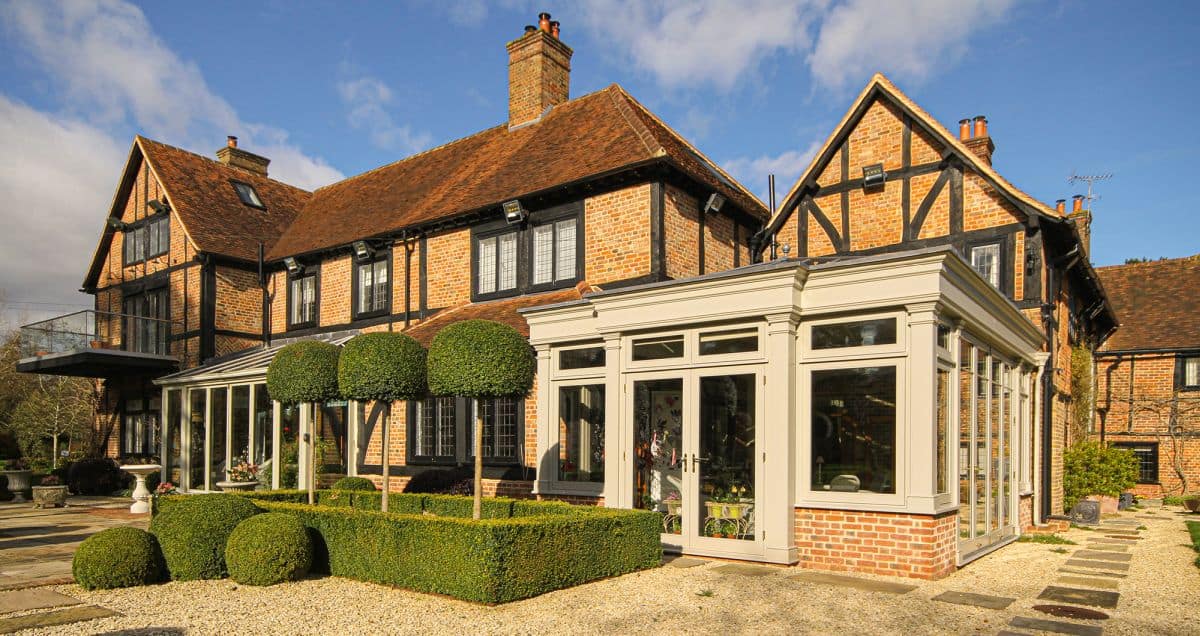
There are presently over 450,000 listed buildings in Britain, and therefore a better understanding of the impact of delays and more efficient cooperation is a must – not just for these listed building owners, and the companies that work with them, but for the construction industry in general, on which the overall economy is so dependent.
That’s why we’re lobbying for change across five key areas:
1. Advice must be more consistent
Arguably the biggest issue that underpins all other problems with the existing process, is that guidelines are too open to interpretation. For example, a property at one end of a road could request planning permission for an extension identical to one at the other end of the road, yet still be turned down. Similarly, a project that one planning officer or local council deems to meet guidelines, might be rejected in a neighbouring borough or another part of the country.
A more concrete set of rules would ensure that fairer and consistent advice is issued.
2. Better management of planning officer contracts
Planning officers are often on short term contracts with local councils, which means all too frequently, homeowners are dealing with one individual who may agree the changes, prompting them to submit detailed plans, however by the time a final decision is made, their replacement may take a less accommodating stance.
Employing more planning officers on longer term contracts or ensuring a more efficient handover process would ensure less wasted time for all parties.
3. A more accurate view of planning timelines is required
Currently, there is a statutory requirement for a decision to be reached within eight weeks of an application being submitted, and it is on these timeframes that councils are judged. Unfortunately, this often prompts local authorities to request an extension just prior to this date, which delays projects, disguises the problem, and paints a very different picture of the situation.
A more transparent view of the average application waiting times would help to create more urgency.
4. Planning denials & extensions not used to manage workload
Extensions to planning applications are not always used appropriately and for their intended purposes, but as a way to manage workload. Similarly, it appears that some applications are denied for the same reasons. This has been increasingly the case since the pandemic began, despite measures taken to ensure lockdowns did not impact on planning permission decisions.
Clearer and stricter rules around reasons for denying planning applications, and the evidence required to prove this, would likely see a decrease in applications being rejected unfairly.
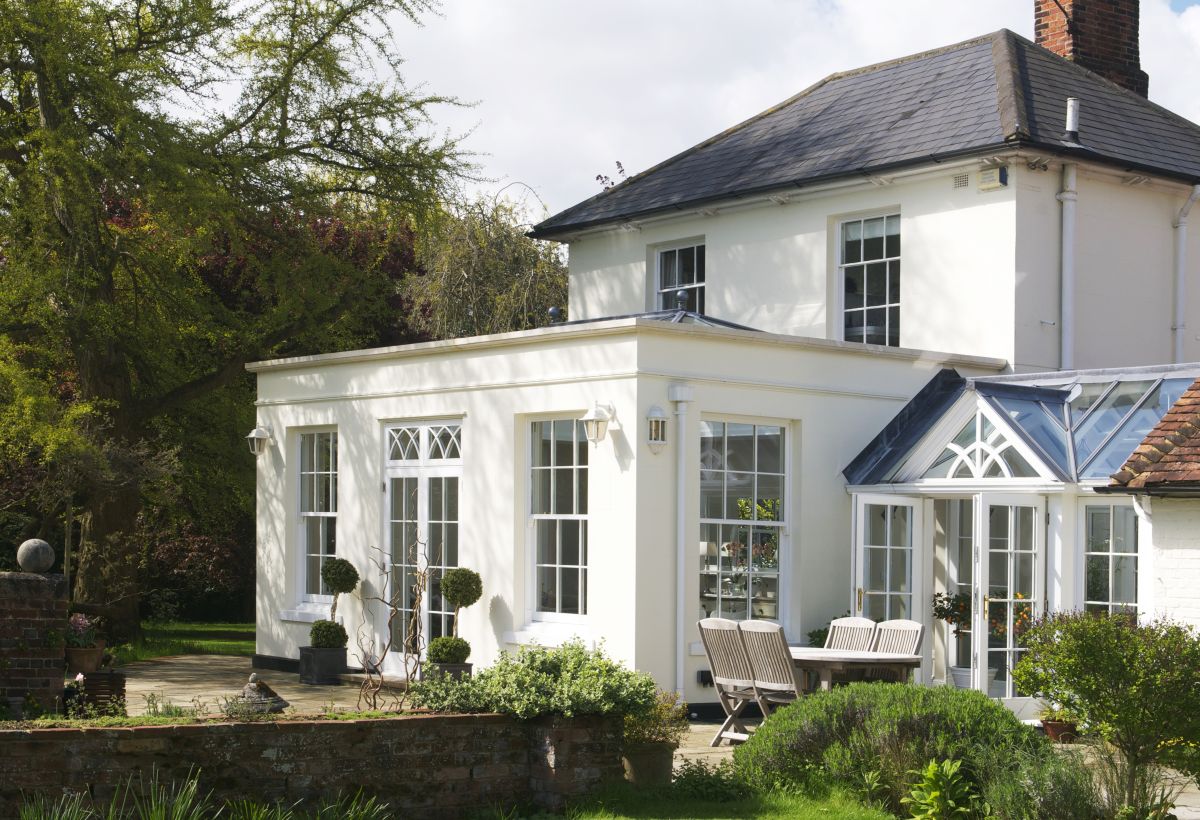
5. A better understanding is needed of the impact of delays
Delays to planning projects don’t just affect the homeowner, they have a knock-on effect on other parties. The owner will likely have enlisted a designer or architect to carry out their work, who may then also have contracted an installer or builder/multiple trades, who may need to schedule time for the project weeks, if not months, in advance. Not only is the delay an inconvenience, but financially can make work that was initially affordable now unrealistic. Worse still, repeated delays or extensions can lead to beautiful historic buildings falling to ruin.
What Are We asking For?
The process for planning permission was far from flawless before the pandemic but the inherent idiosyncrasies seem to have been exacerbated during the past 24 months and show no signs of abating. Planning Officers are still refusing to carry out site visits and continue to work from home, contrary to government guidelines. One has to question whether this is also part of the problem?
Better collaboration between Historic England, local councils, and listed buildings specialists, would ensure that all parties understand the impact of their actions, and how to better work together to create a more positive outcome.
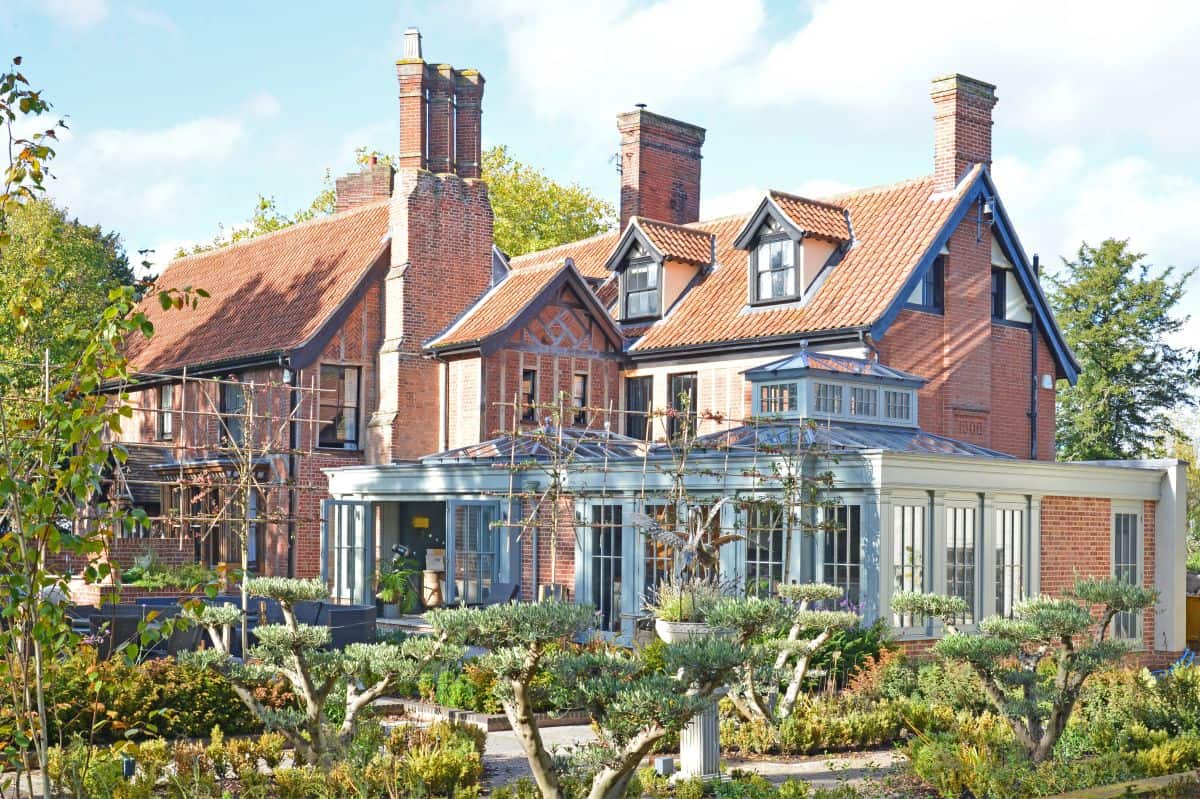
David Salisbury has gained an enviable record of gaining approvals for orangeries and conservatories for Listed Buildings, over the years.
If you own a listed property and are considering extending it, the first thing you should do is seek some specialist advice. Contact us to find out more, via the links below.
